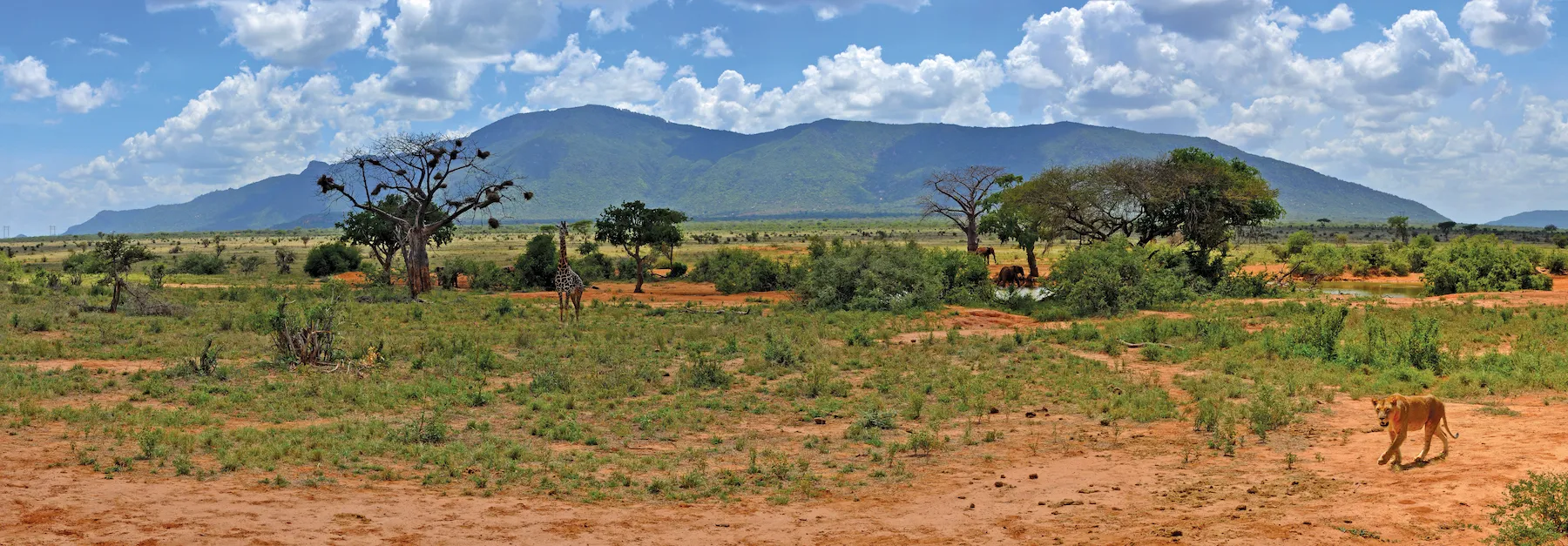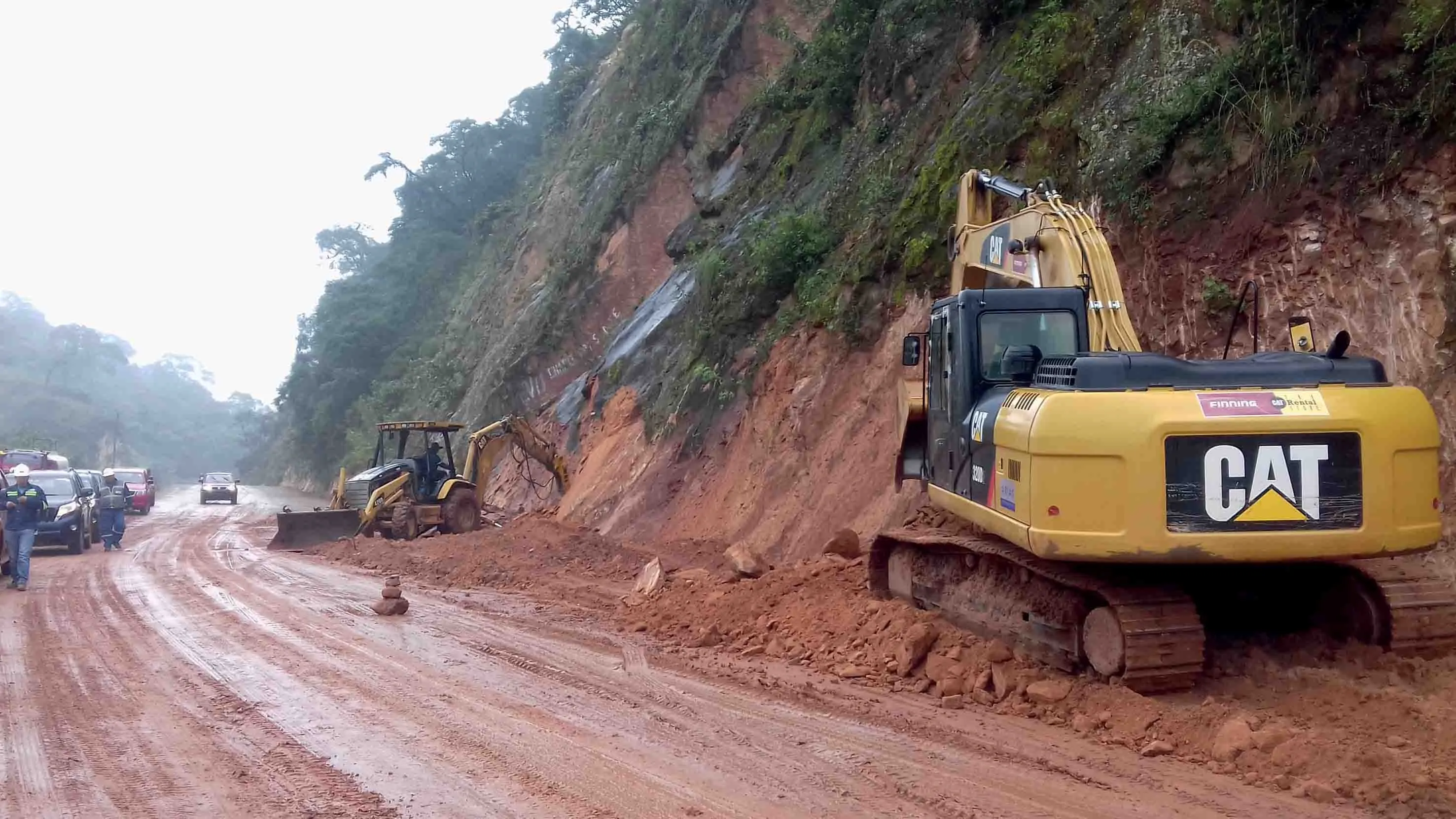Romania’s road building programme is moving forward, but perhaps more slowly than the country’s National Company for Highways and Roads (CNADNR) would prefer. At present a total of 733km of highways are open to use in Romania, but new sections measuring up to 260km in all should be ready for traffic by the end of 2017. A further 22km of the A1 highway connecting Orastie with Sibiu is expected to open in the third quarter of 2016. The Deva to Lugoj stretch of the A1 has also to be completed, while a section
July 19, 2016
Read time: 2 mins
Romania’s road building programme is moving forward, but perhaps more slowly than the country’s National Company for Highways and Roads (2870 CNADNR) would prefer. At present a total of 733km of highways are open to use in Romania, but new sections measuring up to 260km in all should be ready for traffic by the end of 2017. A further 22km of the A1 highway connecting Orastie with Sibiu is expected to open in the third quarter of 2016. The Deva to Lugoj stretch of the A1 has also to be completed, while a section of highway from Sibiu to Pitesti also remains to be upgraded. A 47km section of the A3 highway from Campia Turzii to Targu Mures is amongst the stretches due for completion, as is the 30km stretch of the A3 from Bors to Suplacu and the junction of the A3 at capital Bucharest. Sections of the Transiva Highway from Mihaiesti to Nadaselu and Gilau to Nadaselu measuring 17km and 9km respectively should also be ready for traffic by the end of 2017.
Other major road projects CNADNR is working on include the new ringroad around Bucharest, due for completion at the end of 2018, as well as upgrades to various national roads.
Other major road projects CNADNR is working on include the new ringroad around Bucharest, due for completion at the end of 2018, as well as upgrades to various national roads.








